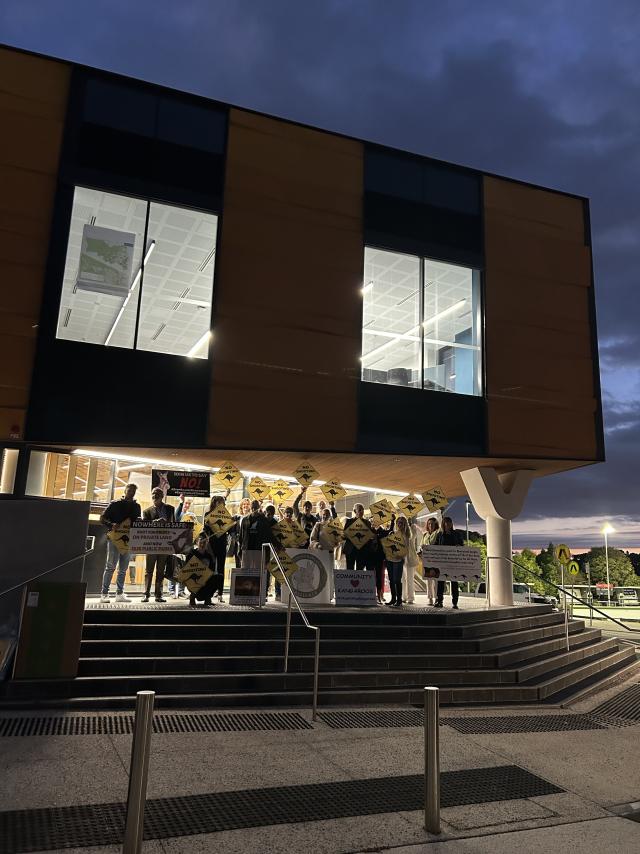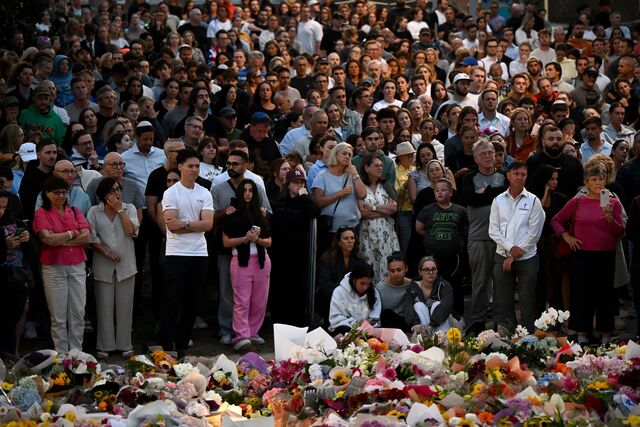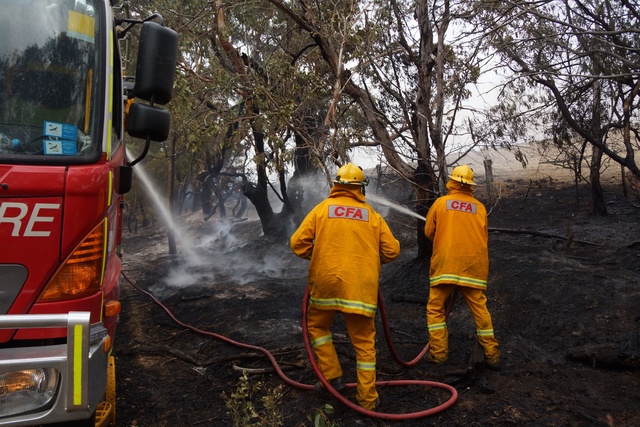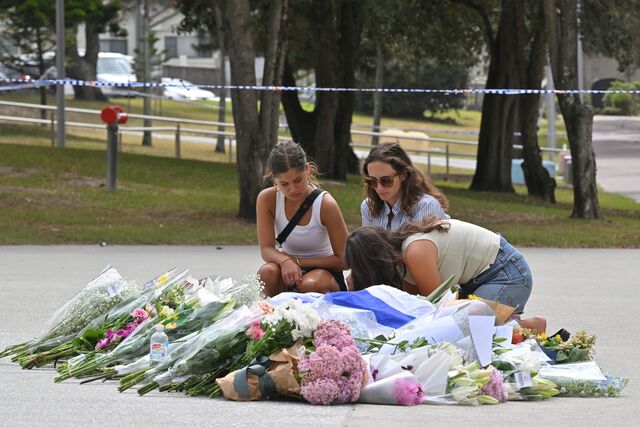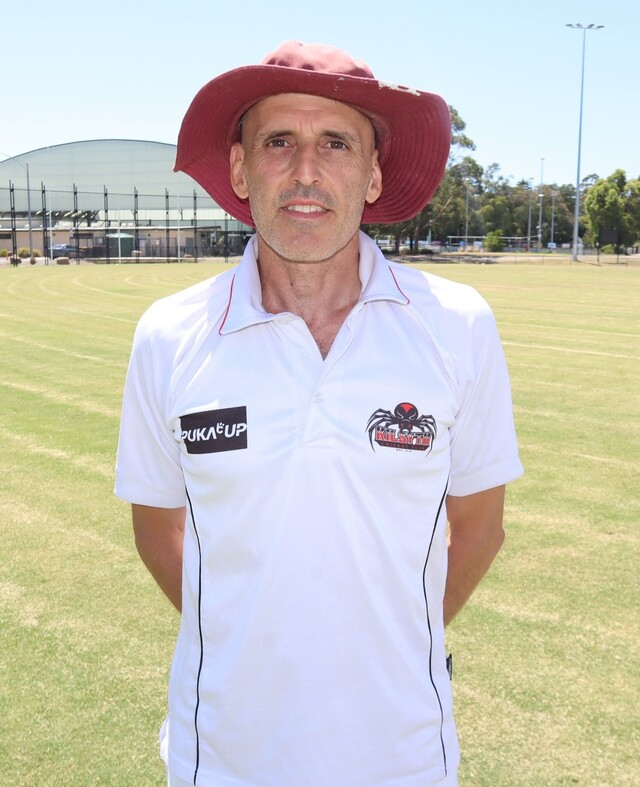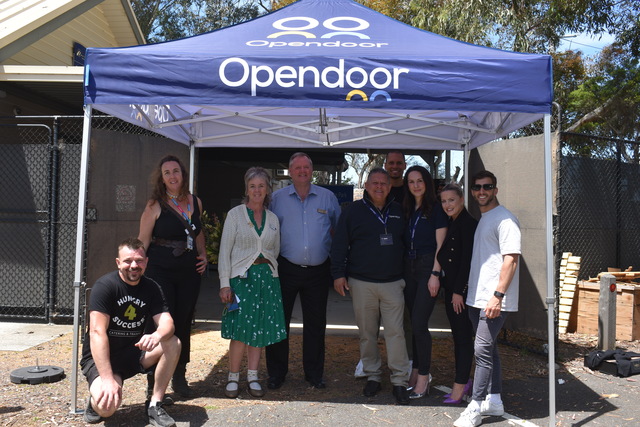The request for the Yarra Ranges to be exempted from the Victorian Government’s Kangaroo Harvesting Program (KHP) has been denied.
The decision had been communicated to Yarra Ranges Council CEO Tammi Rose following the decision, as well as to resident Jan Heald who enquired looking for an answer.
Ms Heald said the decision is heartbreaking.
“It took a lot of time and work by members of the Yarra Ranges community, councillors, wildlife organisations and advocates plus people far and wide across Victoria who have offered their support,” she said.
“We respect kangaroos as Australias’ national icon and wish to see them live on country in their native land without exploitation, violence and harassment,”
“I was very disappointed but it really just confirmed the State Government’s contempt and lack of respect for our native wildlife, particularly our larger species like the kangaroo, which has been pursued mercilessly since Settlement.”
Yarra Ranges Council has released a statement in regard to the decision, indicating its disappointment and continued advocacy for transparency, consultation with the community and for the decision to be reconsidered.
In the statement, Yarra Ranges Council said they know that this decision will cause distress and concern among members of the community, particularly those who have voiced strong opposition to the inclusion of Yarra Ranges in the program.
“We share our community’s concerns about the implications of this decision as we recognise the unique environmental and cultural significance of our region and the importance kangaroos have in our municipality,” it reads.
“However, the Minister for Environment has advised that analysis indicates a higher level of kangaroo harvesting activity in Yarra Ranges compared to neighbouring councils, and therefore the area will remain within the program,”
“While the State Government has emphasised that the use of professional harvesters provides landowners with reassurance regarding animal welfare and sustainability and allows for carcasses to be processed rather than left on properties, we believe that this rationale does not adequately address the broader concerns of our community.”
Yarra Ranges Council requested to be removed from the KHP in May 2025 at a council meeting. This had been originally deferred from a meeting in February which councillors voted for in order to seek more information on the matter.
Yarra Ranges Council’s statement also said that DEECA (Department of Energy, Environment and Climate Action) has stated confidently that the KHP aligns with the goals of the Kangaroo Harvesting Management Plan, including maintaining sustainable kangaroo populations and ensuring animal welfare.
“Nonetheless, we remain concerned about the long-term impacts of this program on our local ecosystems and community values,” the statement reads.
“We also note the confusion caused by DEECA in referring to ‘the Dandenongs’ within the exclusion zone,”
“We appreciate DEECA’s apology and their commitment to updating their website to accurately reflect that Yarra Ranges is included in the Gippsland Harvest Zone and to remove the use of the term ‘the Dandenongs.”
31 Victorian councils are exempt from the KHP, with multiple councils having successfully petitioned to be removed in previous years, such as Mornington Peninsula and Nillumbik which was approved.
Ms Heald said a lot has happened in the last few weeks in stopping the trade in kangaroo skin, such as concern from many overseas countries who are shocked when they find out how kangaroos are really treated in Australia.
“Many companies have now cancelled out of buying kangaroo skin, some countries have banned it altogether, the EU is under pressure to ban any kangaroo products and in the USA the Kangaroo Protection Act in the Senate bill aims to ban kangaroo-derived products, stating it will end complicity in the largest commercial slaughter of land-based wildlife on the planet,” she said.
“Kangaroo mobs are already being reported as rapidly disappearing across the Yarra Ranges and imminently concerning is the amount of suffering and violence that will be inflicted upon kangaroos and their babies night after night,”
“Advocacy will continue and we will discuss further with Yarra Ranges Council what steps they can take to achieve the outcome for kangaroos in the Shire of Yarra Ranges being removed from the commercial killing.”
The 2025 commercial quota allocation for both Eastern and Western grey kangaroos is 117,600 (104,150 Eastern Greys and 13,450 Western Greys), excluding the number of kangaroos expected to be killed through the Authority to Control Wildlife program (ATCW).
A Victorian Government spokesperson said kangaroo populations can have significant impacts on Victoria’s environment, so sometimes it is necessary to control their population in a sustainable and humane way.
“Victoria takes a conservative approach when setting kangaroo control levels to no more than 10 per cent of the population each year, to ensure harvesting does not compromise the sustainability of kangaroo populations,” they said.
“Changes to harvest zones, including the adjustment of the exclusion zone boundary are not made at the request of local councils, but by consideration of local kangaroo population levels.”
The KHP harvest quota is revised yearly by the Arthur Rylah Institute for Environmental Research, based on aerial count data and population modelling, and accounting for kangaroos that are controlled under the ATCW system. The exclusion zone largely consists of regions with minimal or no kangaroo populations.

